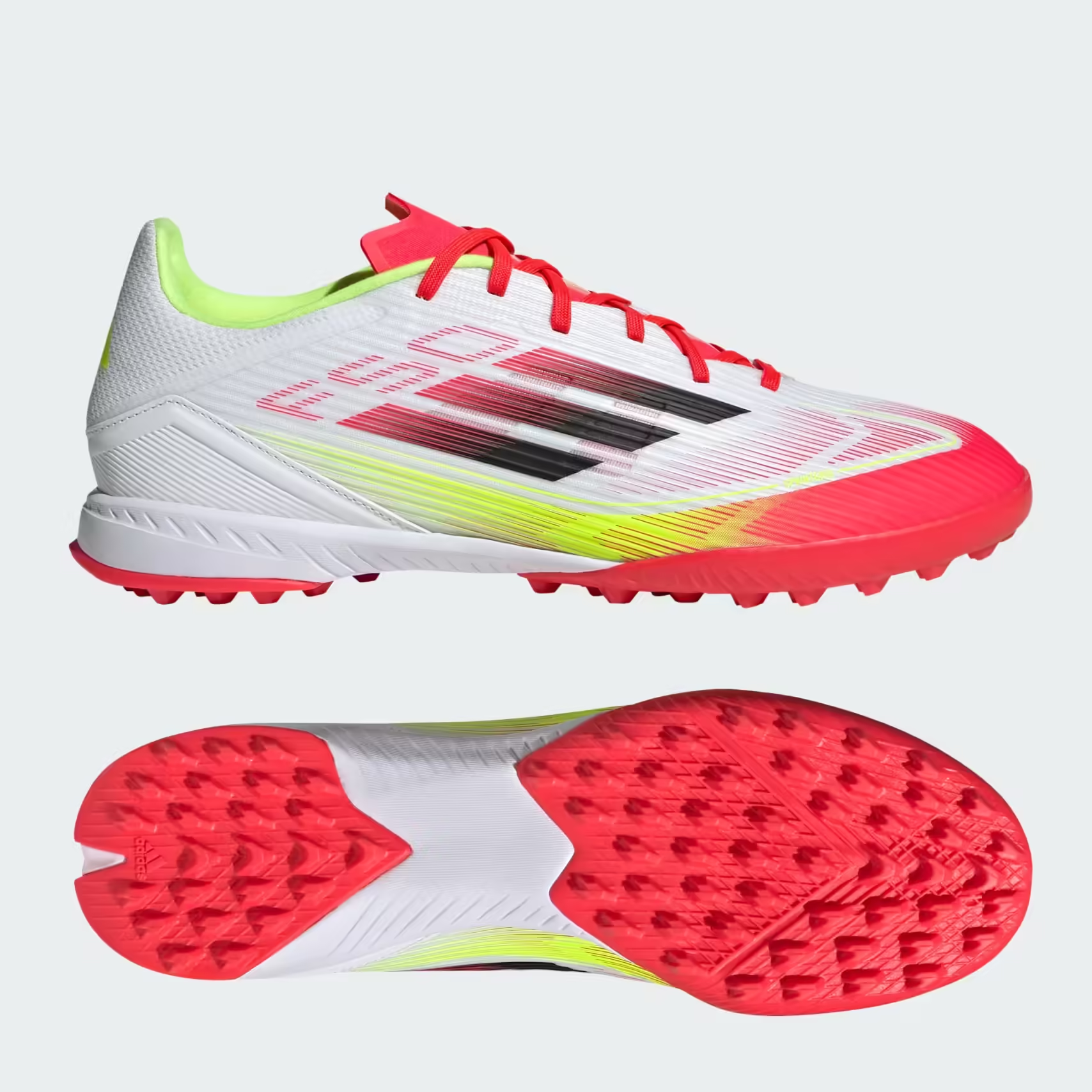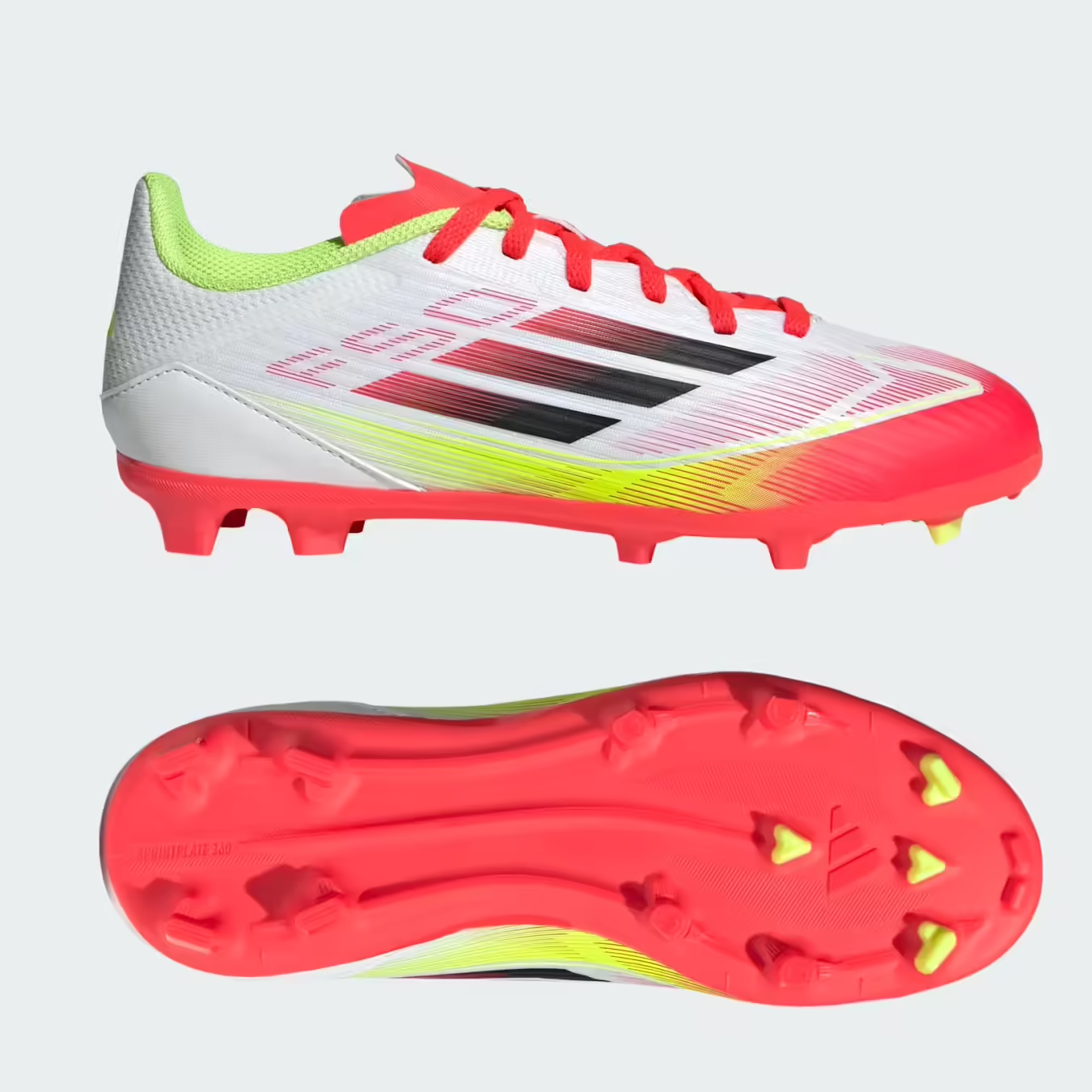I’ve seen firsthand the impact that the right footwear can have on a child’s performance, safety, and overall well-being in youth sports. Cleats might seem like just another piece of equipment, but they play a pivotal role in preventing injuries and enhancing performance. Whether your child is kicking a soccer ball, running the bases in baseball, or sprinting down the field in football, choosing the right pair of cleats can make all the difference. Here’s why cleats are so important for young athletes.
1. Injury Prevention: The Foundation of Safety
Youth sports are full of energy, enthusiasm, and sometimes, a little too much speed. With young bodies still developing, the risk of injuries like sprains, strains, and fractures increases if proper care isn’t taken. Cleats provide the necessary traction and support to reduce this risk.
When children run, pivot, or change direction suddenly on slippery or uneven surfaces, cleats grip the ground, reducing the chance of slipping. In sports like soccer, football, or lacrosse, where quick direction changes and sudden stops are a regular part of the game, the right cleats can prevent ankle sprains and knee injuries by giving the feet stability and balance. Without cleats, a child’s feet are more likely to slip or twist in ways that lead to long-term injuries.
2. Proper Fit: Comfort Equals Performance
Just like any other piece of athletic gear, cleats need to fit properly to ensure both comfort and performance. Ill-fitting shoes, whether too tight or too loose, can cause blisters, calluses, or even long-term foot problems like bunions or plantar fasciitis. A podiatrist often sees young athletes who have developed foot pain due to shoes that didn’t provide adequate support or were the wrong size.
It’s important to look for a snug fit without being tight when choosing cleats for your child. The shoes should support the arch, provide cushion to the heel, and allow room for the toes to move freely. Over the counter inserts or custom orthotics can be worn in cleats to provide a better fit. A proper fit helps prevent foot fatigue and discomfort, ensuring that young athletes can focus on their game rather than their aching feet.
3. Traction for Performance: Maximizing Speed and Agility
Speed and agility are key to success in many youth sports. Cleats enhance these traits by providing the right amount of traction, allowing athletes to accelerate quickly, make sharp cuts, and change direction with ease. For example, in soccer, the strategically placed studs help players gain better grip on grass or turf, allowing them to sprint down the field and stop on a dime.
Without cleats, kids might struggle to get the grip they need, which can slow them down and hinder their performance. In sports like baseball or football, proper cleats can also provide the necessary grip to run the bases or make quick cuts during a play, giving kids an edge in their game.
4. Different Sports, Different Needs
Not all cleats are created equal. The type of sport your child plays and the type of playing surface directly influences the type of cleat or turf shoe they should wear. Soccer cleats, for example, typically have smaller, rounded studs that offer grip on grass and turf. Baseball cleats, on the other hand, usually have longer studs to help with traction on dirt fields. Football cleats often have a combination of studs and spikes designed to provide stability during lateral movements and quick stops.
Choosing the right cleat for your child’s sport isn’t just about aesthetics—it’s about ensuring they have the right support, comfort, and performance benefits for that particular activity. Many stores sell sport-specific cleats, so make sure you’re selecting a pair that fits your child’s needs for both safety and performance.
Different playing surfaces may require different shoes.
- For artificial turf or indoor surfaces: Turf shoes are the best bet for artificial turf or indoor surfaces. They offer the right amount of traction, stability, and comfort for these surfaces, making them ideal for indoor soccer, basketball, or football.

- For natural grass or outdoor fields: Cleats are the way to go for natural grass or firm surfaces. They give the grip needed to avoid slipping and help athletes perform better during quick movements, especially in wet or muddy conditions.
5. Growth and Development: Foot Health for the Future
During childhood, the bones, muscles, and tendons of the feet are still developing. The wrong footwear can lead to issues like flat feet, arch pain, or even growth plate injuries. Cleats that provide the proper arch support and cushioning help to promote healthy foot development.
As a podiatrist, I emphasize the importance of monitoring your child’s feet regularly to ensure that their cleats are still the correct size and fit. Kids grow quickly, and their feet may outgrow their shoes before you even realize it. Ill-fitting cleats can cause long-term issues that impact their mobility and comfort well into adulthood.
6. Durability and Support: Long-Term Investment
While it’s tempting to buy the cheapest pair of cleats, it’s often a false economy. Investing in high-quality, sport-specific cleats can ensure better durability and foot support. With growing children, a good pair of cleats should last through an entire season (or more), providing the necessary support for their developing feet.
Cleats Are an Essential Part of Youth Sports
From a podiatrist’s perspective, cleats are far more than just athletic footwear—they are an essential tool in preventing injuries, improving performance, and promoting healthy foot development. Choosing the right pair of cleats for your child’s sport is a step toward ensuring their safety and comfort, allowing them to enjoy their favorite activities to the fullest. If you’re unsure about which cleats are best for your child, consult with a specialist who can help guide you toward the best options for their needs.
Remember, the foundation of any great athlete begins with healthy, well-supported feet. Proper footwear is the first step in helping young athletes reach their full potential.


